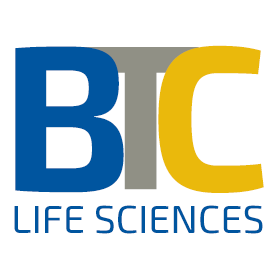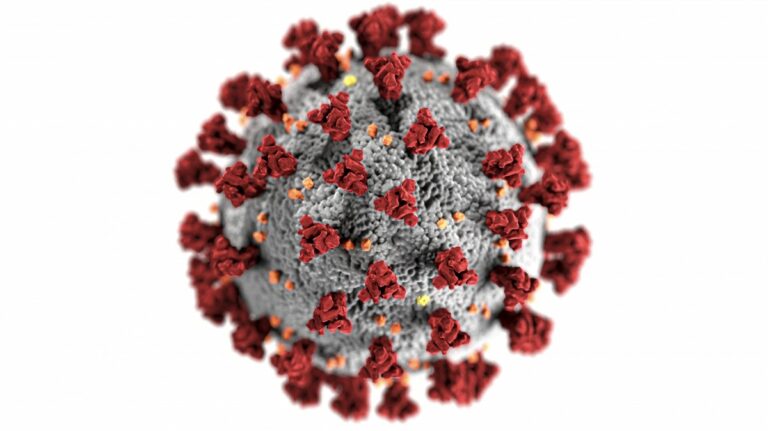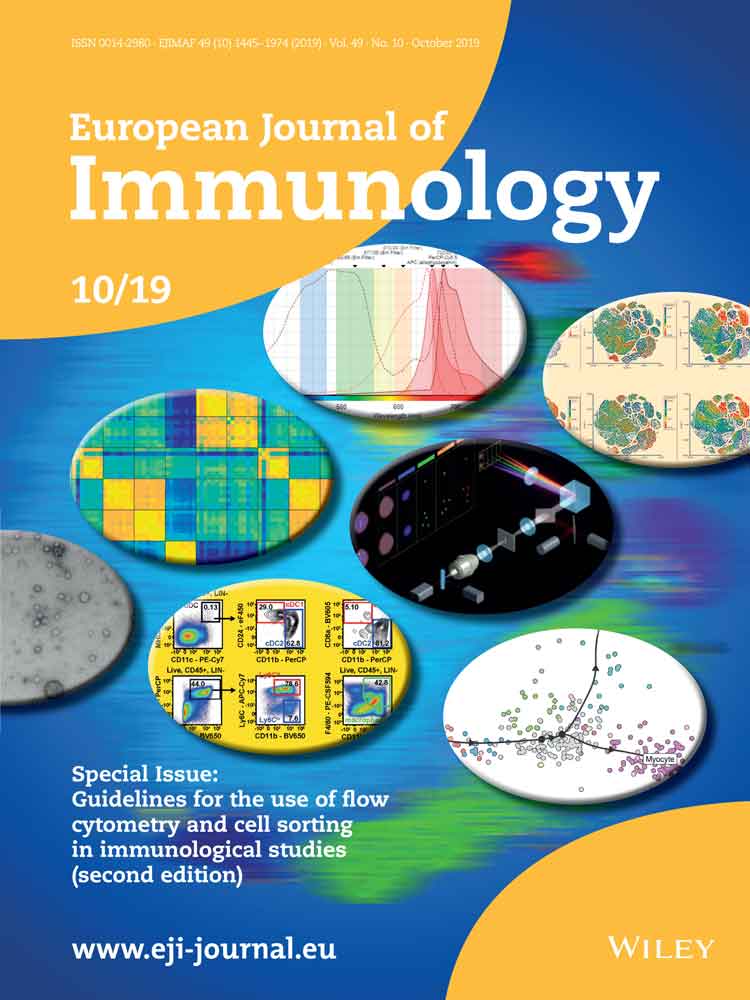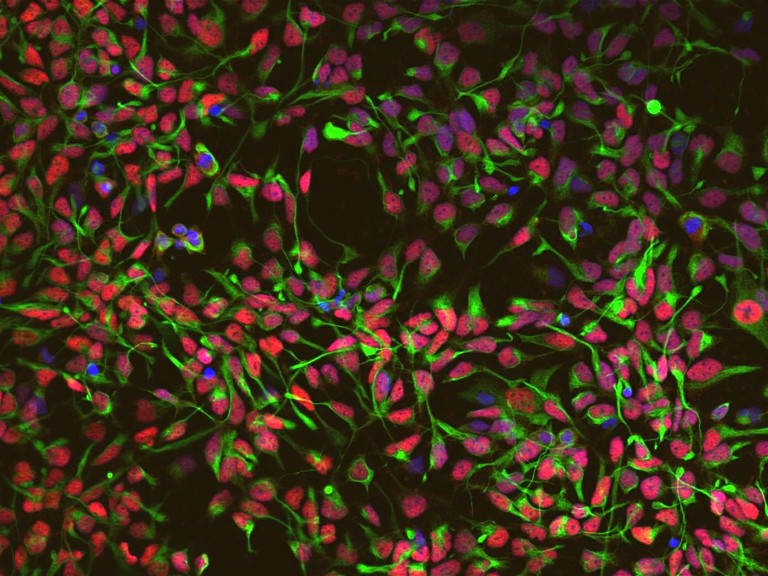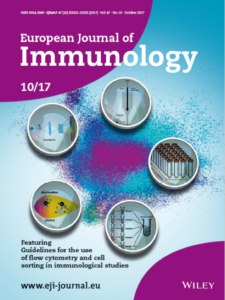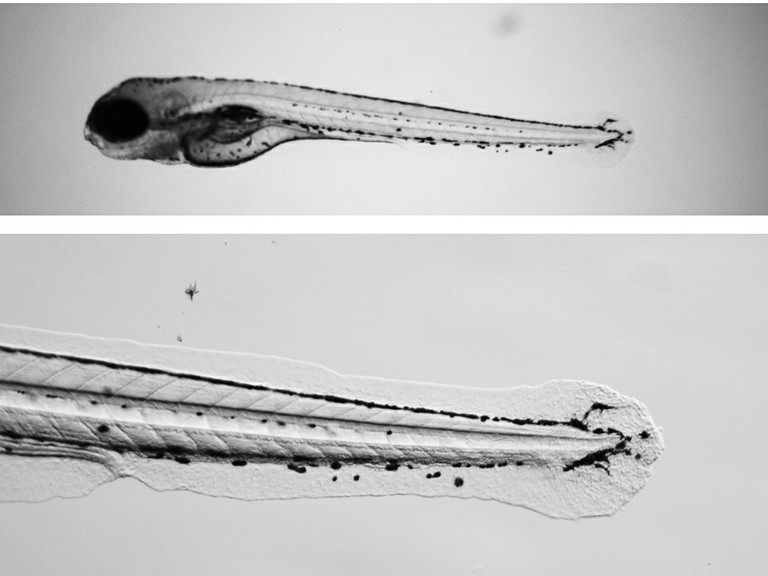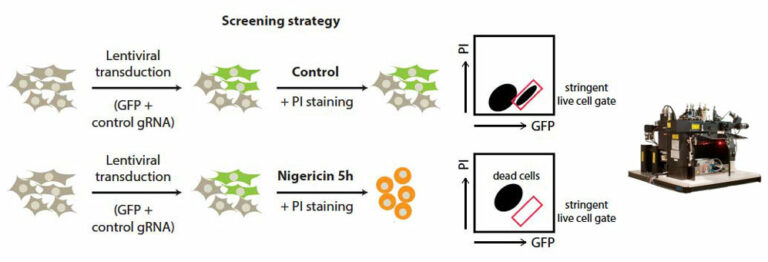State promotes center for genome sequencing in North Rhine-Westphalia: Research for better prevention, diagnosis, and treatment
The analysis of the human genome opens up completely new possibilities for diagnosis, treatment, and therapy for patients…
